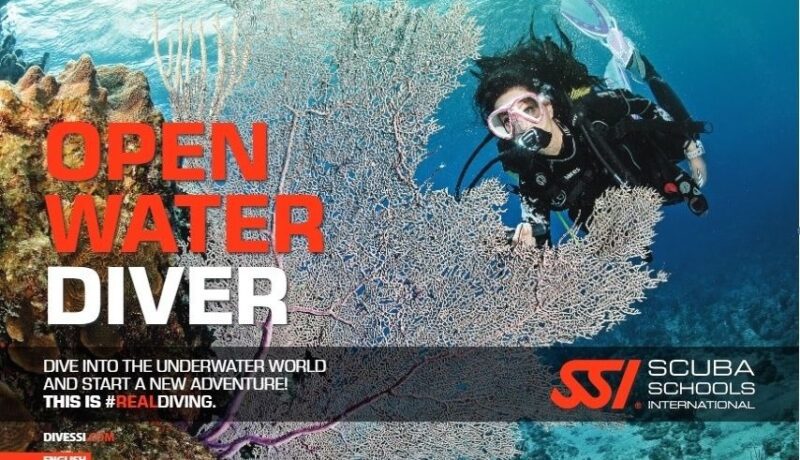Complete Overview of Conducting SSI Open Water Diver Course in Andaman
What is the meaning of an open water diver course?
The open water diver course helps you to learn multiple dive skills to freely explore the depth of the ocean. You have to transform your body with gills to breathe and Finns to swim underwater so that you can dive with confidence.
Our skilled and experienced dive instructors help you to develop and transform yourself into a complete, skilled, confident, and comfortable open water diver with 20 skills and 6 open water dives during your SSI course.
You can complete your open water diver course within 3 or 4 days depending on your travel schedule permits. It is identified that students don’t want to learn their academics during their visit to Andaman. So it is strongly recommended to complete your academic theory session before coming to practical training in Andaman. You can sign up for the e-learning program and start your academic session at home in all your comfort.
During the open water diver course, you will get to learn how to gain control over your body and maintain your underwater perfect buoyancy. Furthermore, the course will help you to develop and sharpen your breathing techniques and swim efficiently underwater using your fins. You must have to follow carefully all the instructions of your dive instructor and cooperate with him all the time so that he can assist you anytime in your learning session.
Day one
On day one there will be a short introduction of the course and the planned pathway of underwater skills divided into 4 days. Your dive instructor will assist you to complete your paperwork such as the registration form, privacy policy, liability release form, divers code form, and medical questionnaire which is required for the activity.
We will provide a detailed briefing session about scuba equipment, how we assemble it (It will include demonstration and practice of assembling and disassembling the scuba units), the importance of theory lessons and tips to implement it in practical sessions, basic knowledge of marine life, Effect on your body due to underwater change in pressure, tips to breathe underwater to get more comfortable for scuba dive.
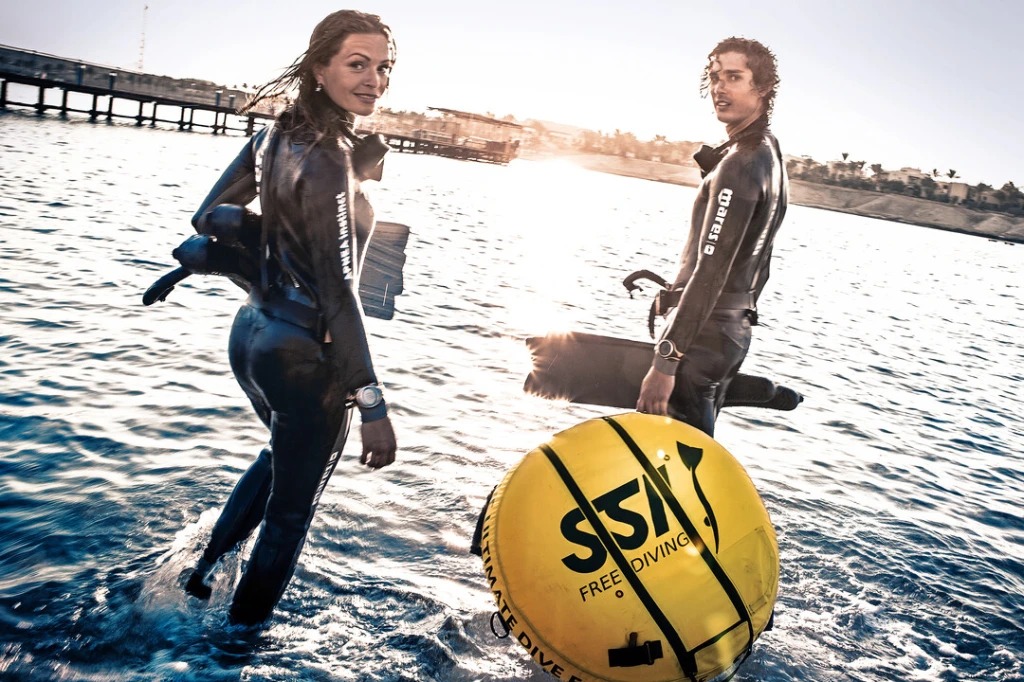
Confined water session
Before we start the course, you have to pass a short 200 meters swimming test, 300 meters snorkeling test, and 2 minutes float test. The open water diver course requires these prerequisites to perform to proceed further. You can take your time to complete the swimming test. You will love snorkeling after seeing colorful fishlife underwater while performing the snorkeling test.
We take a break after the swimming and snorkeling tests. We will demonstrate 10 skills on day one and urge you to practice the skills repetitively to become more comfortable and confident for your open water diving course. The day one skills are written below.
- Regulator remove and replace ( Use purge method to remove the water from the regulator)
- Regulator remove and replace (Use the blow method to remove the water from the regulator)
- Regulator retrieval (Apply swipe method)
- Regulator retrieval (Apply reach method)
- Half flooded mask clearing (Use the blow method to remove water from the mask)
- Full flooded mask clearing (Use the blow method to remove water from the mask)
- Alternative air source breathing stationery
- Check buoyancy with the total diving system
- Mask removal and replacement
- Neutral buoyancy (Confined water)
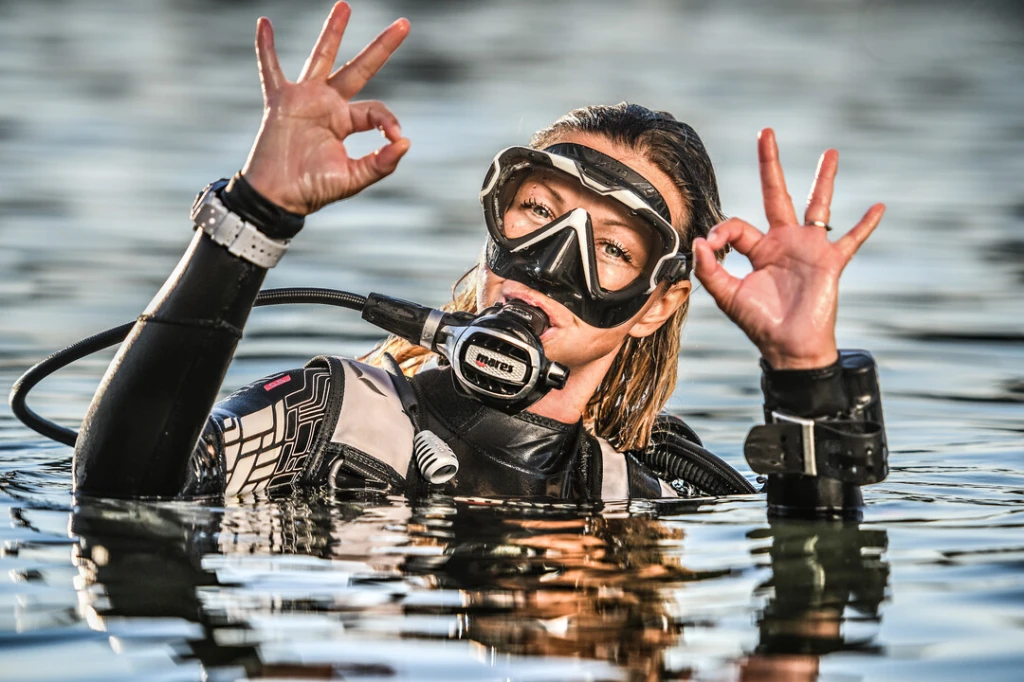
1 Open water dive
Before diving, it is to be kept in mind that PLAN YOUR DIVE AND DIVE YOUR PLAN. Your dive instructor will teach you how to plan your dive and explain entry and exit methods, fixed breathing patterns, continuous equalization, dive site topography, and fish life. You must take your time to learn and execute your skills and listen to the instructor carefully.
It is mandatory to perform your buddy check before every dive and make sure every piece of equipment is working properly. It is instructed not to press any button unless directed by the instructor. Back roll entry is the easiest way to get off the boat and the dive crew assists you while doing it.
We have to elate our buoyancy compensator properly and breathe through our regulator while getting off the boat, it is helpful to buoyant up at the water surface. We need to descend after the signal of the instructor. We need to deflate the buoyancy compensator to go down and equalize regularly using the other hand while feeling pressure discomfort on your eardrums.
After descending to the planned point, you have to be neutrally buoyant and start swimming. While diving underwater, your dive instructor will be with you at a safe distance and continuously monitor your movements.
Your air consumption is a vital part to stay longer underwater. Slow, steady, and long breathing is helpful to maintain proper air in your tank and stay longer underwater to explore marine life. The standard dive time is 45 minutes with a single dive tank and recommended to never hold your breath.
After the first dive, your instructor will give you an encouraging briefing that how well you did it. Furthermore, important key points to learn and focus on to dive comfortably, marine life you have seen, and some magic tricks to boost your diving abilities.
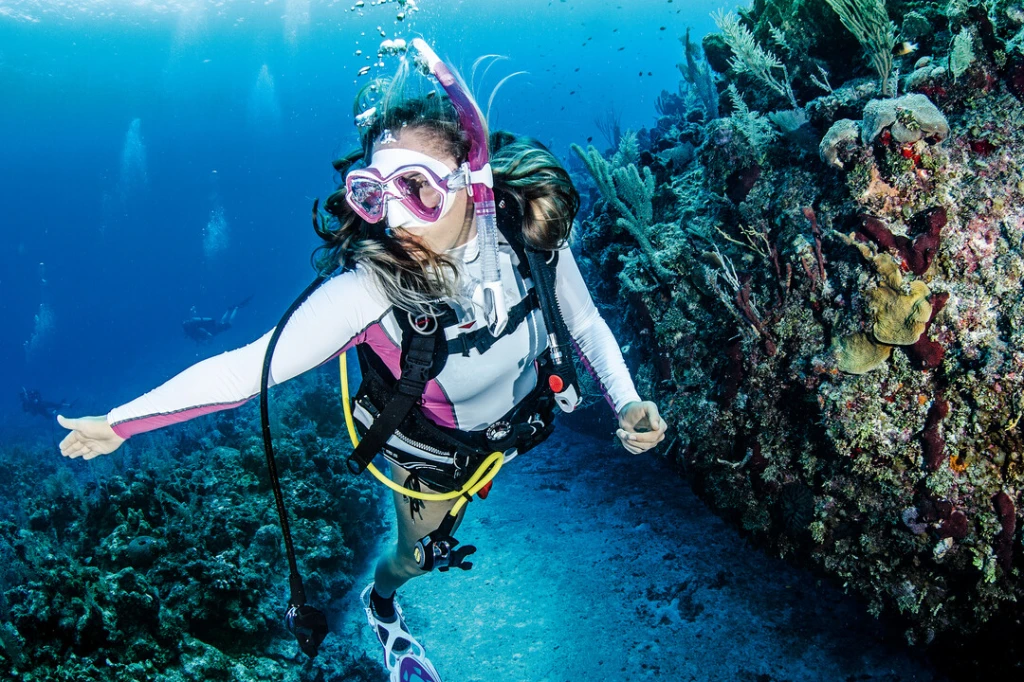
2 open water dive
We take a surface interval before your second dive, surface interval means you take a break between two of your dives. It is needed to release nitrogen from the body which you have inhaled while diving underwater. You have to perform a few more skills on your second dive such as regulator removal and replacement, neutral buoyancy, and half-flooded mask clearing.
It is to be kept in mind that your ascent rate should not exceed 9 meters per minute or 30 feet per 60 seconds. Your instructor will monitor that you use learned skills and techniques during the actual dive. You have to execute all skills carefully to master them. Pre-dive safety checks and performing required steps before going into the water are the must-do things before each dive. Your dive instructor will point out interesting marine life from time to time so that you can also enjoy your dive apart from learning.
Day two
A new day brings new skills and challenges to resume your confined water session. After a short briefing session, we will draw a schedule that how to proceed further with the remaining 10 skills and 2 open water dives. You have to double-check all scuba equipment and booty sizes before going to confined water skills. You have to assemble a scuba unit as a part of your training session and do a quick pre-dive safety check to ensure everything is working properly.
Confined water session
You will be demonstrated the rest 10 skills and asked to practice them repetitively. You have to practice the skills repetitively to complete the open water course in Andaman successfully. You also need to repeat the skills learned on day one. Your dive instructor will Enumerate all the skills as per your performance requirements. Skills are written as under.
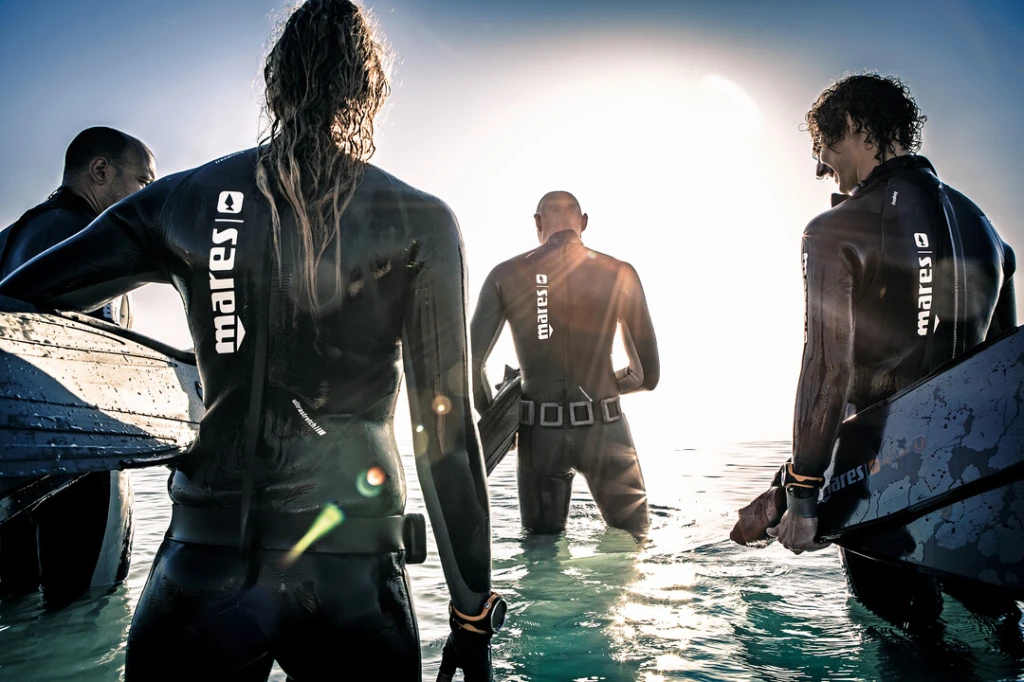
- Underwater BC removal and replacement
- BC removal and replacement at the surface
- Underwater weight belt removal and replacement
- Surface weight belt removal and replacement
- Without a mask swimming while breathing from a regulator
- Free flow regulator
- Tried diver’s toe
- Air depletion practice
- Emergency swimming ascend (ESA)
- Emergency swimming ascend (EBA)
3 Open water dive
You need to make a dive plan for your 3rd underwater dive. The dive instructor will inform you regarding the dive site, coral reef structure, and the existence of marine life. Keep the entry and exit method points included in the plan. You need to follow all the must-do steps to proceed with your dive and practice all skills and tricks to get perfection on your actual dive.
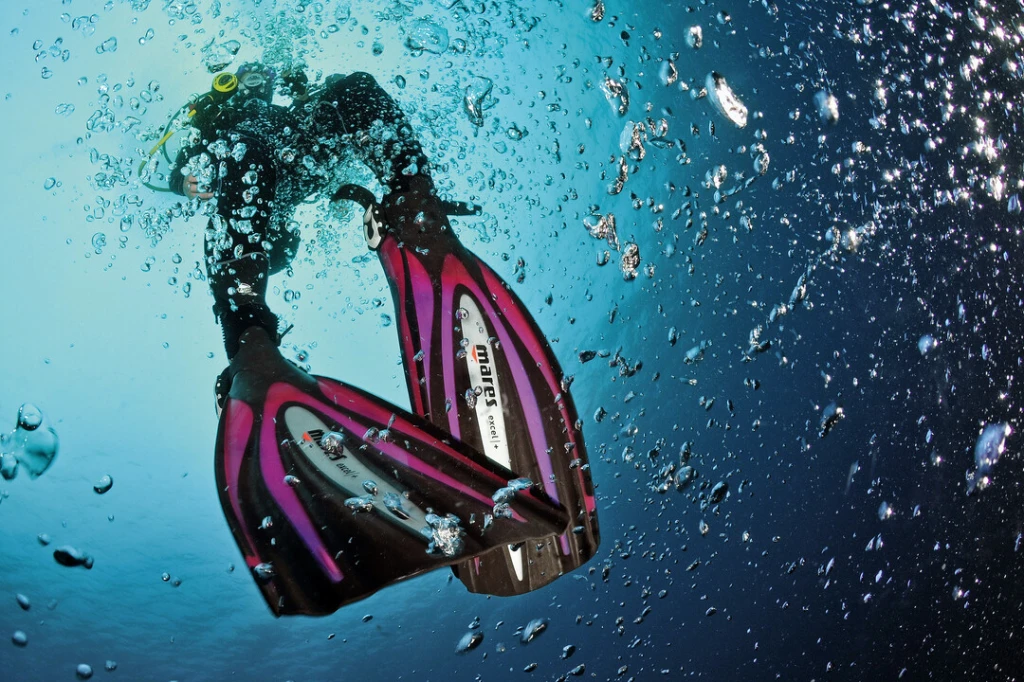
You and your dive instructor will require to take a safety stop for 3 minutes at 5 meters of depth (It is a must to abort your dive and ascend). You have to execute all necessary signals and steps while doing the dive.
It is highly advised to equalize properly on time and respect nature while exploring amazing marine life. Your dive instructor will debrief that how well your 3rd dive is and what are the keys areas for improvement. We are focused on not just letting you become a diver but also an open water diver.
4 Open water dive
It’s time to take surface interval before your 4th dive and meanwhile, our dive crew gets ready with your scuba equipment for your next dive. During the interval, your instructor will provide the basic knowledge of underwater navigation and how to use a campus down there. After that, you need to make proper planning with the instructor for your next dive. The following are the important key points for a safe and successful dive.
- Pre-dive safety check
- Entry and exit methods cum points
- Controlled descent
- Regular equalization to release squeeze discomfort
- Repeat signals
- Controlled ascent
- Emergency procedure
- Continues emphasis on slow, steady, and deep breathing
- Safety stop
- Keep an eye on weather conditions
You have to execute the above-mentioned skills for your 4th dive. All the skills are mandatory to get your open water certification. Your instructor will insist you perform some more skills such as neutral buoyancy, weight belt removal & replacement, and mask clearing to access them as per course requirements. You have to complete your dive safely and perform the skills carefully. After the dive, your instructor will debrief the skills and dive done by you.
Day three
Our dive instructor will provide you with a short briefing and draw a schedule for the next 2 open water dives. You may also go for some skills (In case not performed satisfactorily). Before going to the ocean, you have to check all types of equipment, and their sizes, assemble the gear and perform a pre-dive safety check to ensure everything is working well.
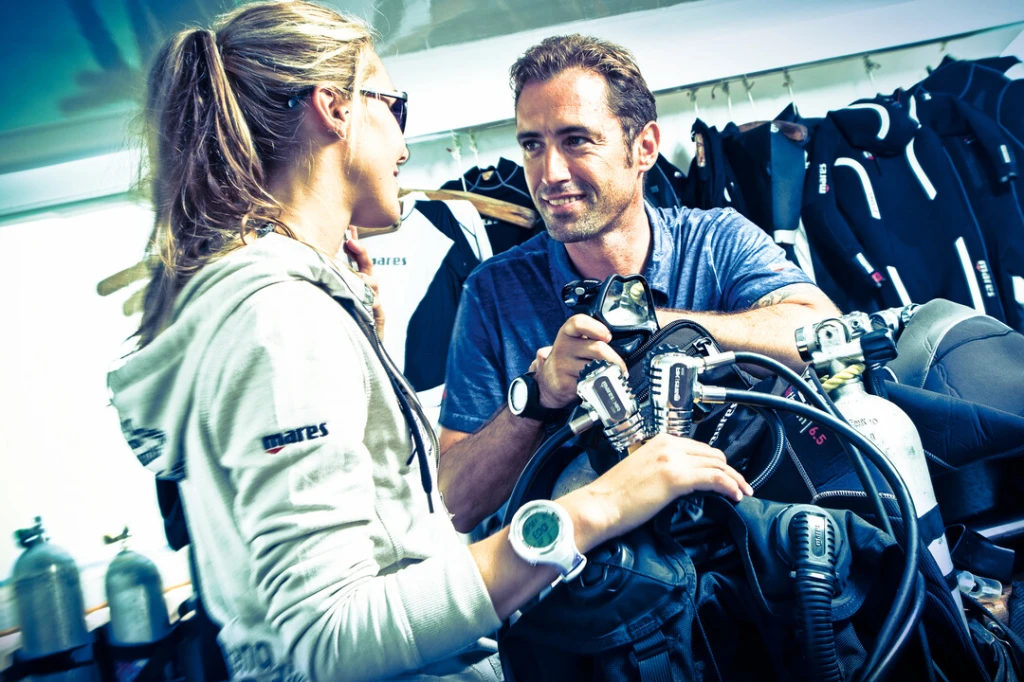
Confined water session
You need to go for a confined water session if the instructor thinks you have not performed any of the skills satisfactorily during your day 1 or day 2 dive.
5 and 6 open water dives
We arrange your 2 dives at the best dive sites in Havelock to enjoy the fullest. The balance two dives are fun dives for your open water course in Andaman. It is a must to plan your dive according to learned skills and under the guidance or assistance of your instructor. We do recommend an emergency air-sharing accent during your 5th dive.
We expect you to use all the learned skills while diving underwater and the important tricks that you learn on each dive. Manage and maintain your underwater navigation and not hurry for things. Don’t forget to take a safety stop for 3 minutes at the depth of 5 meters.
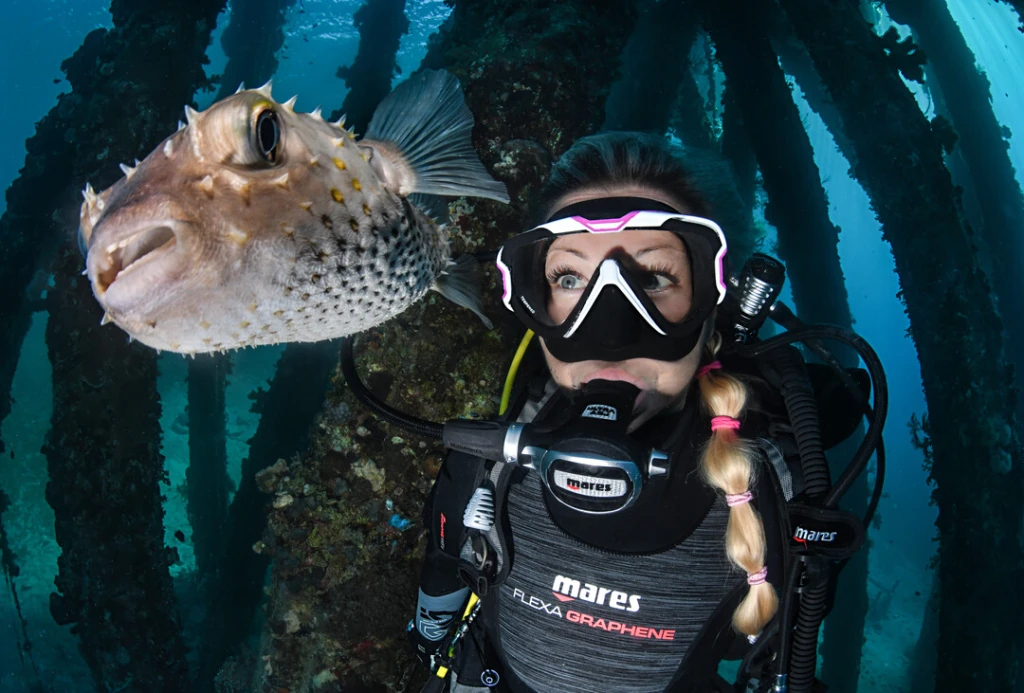
On the last 6th dive, Your instructor will provide a dive computer along with the required knowledge to use it while diving underwater. Listen to the instructions carefully to use a dive computer so that you can get benefitted from it while diving underwater.
We do recommend respecting marine life while diving even after becoming a confident open water diver. On completion of your last dive, the dive crew and your instructor will congratulate you as an open water diver. Finally, you have to pass a written exam and complete some paperwork and log your dives in a customized log book provided by us. You will be issued an SSI scuba diving certification and now you are eligible for fun dives up to 18 meters deep. Thank you for your valuable time.
